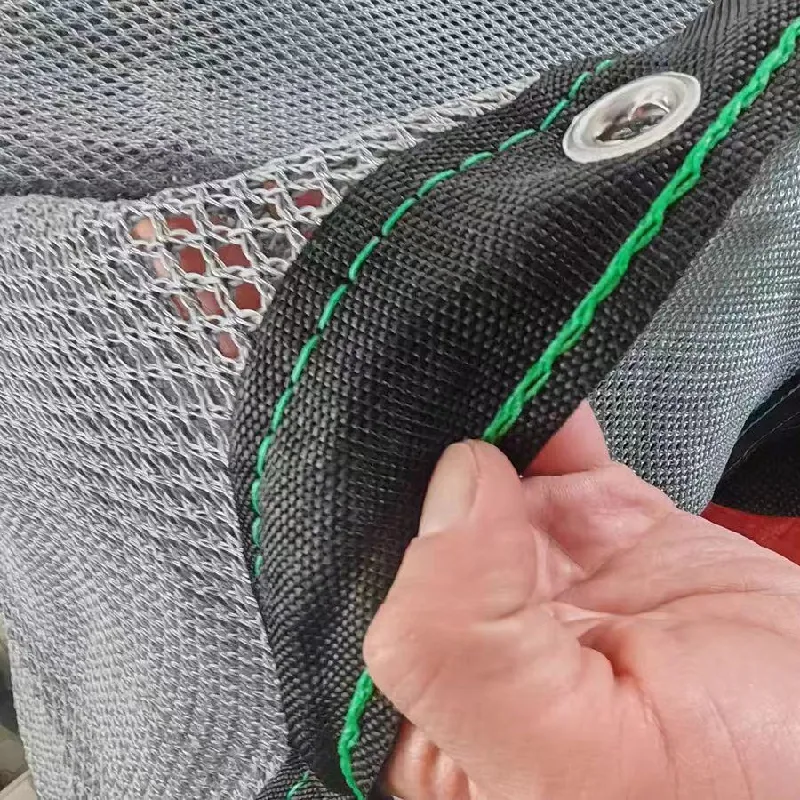-
 Afrikaans
Afrikaans -
 Albanian
Albanian -
 Amharic
Amharic -
 Arabic
Arabic -
 Armenian
Armenian -
 Azerbaijani
Azerbaijani -
 Basque
Basque -
 Belarusian
Belarusian -
 Bengali
Bengali -
 Bosnian
Bosnian -
 Bulgarian
Bulgarian -
 Catalan
Catalan -
 Cebuano
Cebuano -
 China
China -
 Corsican
Corsican -
 Croatian
Croatian -
 Czech
Czech -
 Danish
Danish -
 Dutch
Dutch -
 English
English -
 Esperanto
Esperanto -
 Estonian
Estonian -
 Finnish
Finnish -
 French
French -
 Frisian
Frisian -
 Galician
Galician -
 Georgian
Georgian -
 German
German -
 Greek
Greek -
 Gujarati
Gujarati -
 Haitian Creole
Haitian Creole -
 hausa
hausa -
 hawaiian
hawaiian -
 Hebrew
Hebrew -
 Hindi
Hindi -
 Miao
Miao -
 Hungarian
Hungarian -
 Icelandic
Icelandic -
 igbo
igbo -
 Indonesian
Indonesian -
 irish
irish -
 Italian
Italian -
 Japanese
Japanese -
 Javanese
Javanese -
 Kannada
Kannada -
 kazakh
kazakh -
 Khmer
Khmer -
 Rwandese
Rwandese -
 Korean
Korean -
 Kurdish
Kurdish -
 Kyrgyz
Kyrgyz -
 Lao
Lao -
 Latin
Latin -
 Latvian
Latvian -
 Lithuanian
Lithuanian -
 Luxembourgish
Luxembourgish -
 Macedonian
Macedonian -
 Malgashi
Malgashi -
 Malay
Malay -
 Malayalam
Malayalam -
 Maltese
Maltese -
 Maori
Maori -
 Marathi
Marathi -
 Mongolian
Mongolian -
 Myanmar
Myanmar -
 Nepali
Nepali -
 Norwegian
Norwegian -
 Norwegian
Norwegian -
 Occitan
Occitan -
 Pashto
Pashto -
 Persian
Persian -
 Polish
Polish -
 Portuguese
Portuguese -
 Punjabi
Punjabi -
 Romanian
Romanian -
 Russian
Russian -
 Samoan
Samoan -
 Scottish Gaelic
Scottish Gaelic -
 Serbian
Serbian -
 Sesotho
Sesotho -
 Shona
Shona -
 Sindhi
Sindhi -
 Sinhala
Sinhala -
 Slovak
Slovak -
 Slovenian
Slovenian -
 Somali
Somali -
 Spanish
Spanish -
 Sundanese
Sundanese -
 Swahili
Swahili -
 Swedish
Swedish -
 Tagalog
Tagalog -
 Tajik
Tajik -
 Tamil
Tamil -
 Tatar
Tatar -
 Telugu
Telugu -
 Thai
Thai -
 Turkish
Turkish -
 Turkmen
Turkmen -
 Ukrainian
Ukrainian -
 Urdu
Urdu -
 Uighur
Uighur -
 Uzbek
Uzbek -
 Vietnamese
Vietnamese -
 Welsh
Welsh -
 Bantu
Bantu -
 Yiddish
Yiddish -
 Yoruba
Yoruba -
 Zulu
Zulu
Durable Solutions for Protecting Your Garden with Insect Resistant Netting Systems
Insect Proof Netting A Sustainable Solution for Agriculture
Insect-proof netting has emerged as a vital tool in modern agriculture, offering an effective and sustainable means to protect crops from pests while minimizing the need for harmful pesticides. As global awareness of the environmental impact of chemical farming practices grows, the use of insect-proof netting represents a small but significant step towards more sustainable agricultural practices.
The primary function of insect-proof netting is to create a physical barrier between crops and potential pest infestations. Made from fine mesh materials, these nets allow sunlight, air, and rain to penetrate, ensuring that the plants receive the essential nutrients they need to grow while keeping out unwanted insects. Commonly used in vegetable gardens, orchards, and greenhouses, this form of netting is particularly beneficial for protecting sensitive plants from insects like aphids, caterpillars, and whiteflies.
Insect Proof Netting A Sustainable Solution for Agriculture
In addition to pest control, insect-proof netting also offers protection against harsh weather conditions. The mesh can shield crops from heavy winds, hail, and excessive sun exposure, helping to maintain optimal growing conditions. This can be particularly valuable in regions that experience variable weather patterns, reducing the overall stress on plants and enhancing their resilience.
insect proof netting

Implementing insect-proof netting in agricultural practices can lead to increased crop productivity and quality. By preventing pests from accessing crops, farmers can reduce the incidence of damage that can lead to lower market values. Healthier, unblemished fruits and vegetables not only appeal to consumers but can also fetch higher prices in the marketplace. In turn, this can contribute to improved economic stability for farmers and the agricultural sector as a whole.
Furthermore, insect-proof netting is incredibly versatile. It can be used in various forms—such as tunnels, row covers, or as a part of greenhouse structures. This adaptability makes it suitable for a wide range of crops, from leafy greens and berries to more delicate flowering plants. Farmers can choose the type and size of netting that best fits their specific agricultural needs, providing a tailored approach to pest management.
However, there are some challenges to consider when implementing insect-proof netting. Proper installation and maintenance are crucial to ensure its effectiveness. If not installed correctly, gaps may allow pests to enter, compromising the netting’s protective capabilities. Additionally, farmers need to regularly monitor the netting for wear and tear, as insect-proof netting can degrade over time due to exposure to UV light and harsh weather conditions.
In conclusion, insect-proof netting presents a viable solution for modern agriculture, combining pest control with environmental sustainability. By providing a barrier that protects crops from harmful insects while allowing essential environmental elements, farmers can increase their productivity and quality. As agricultural practices continue to evolve towards sustainability, insect-proof netting stands out as a valuable innovation that benefits both the land and those who cultivate it. Embracing such practices not only secures the future of farming but also contributes to the health of our planet.
-
Shipping Plastic Bags for Every NeedNewsJul.24,2025
-
Safety Netting: Your Shield in ConstructionNewsJul.24,2025
-
Plastic Mesh Netting for Everyday UseNewsJul.24,2025
-
Nylon Netting for Every UseNewsJul.24,2025
-
Mesh Breeder Box for Fish TanksNewsJul.24,2025
-
Expanded Steel Mesh Offers Durable VersatilityNewsJul.24,2025











